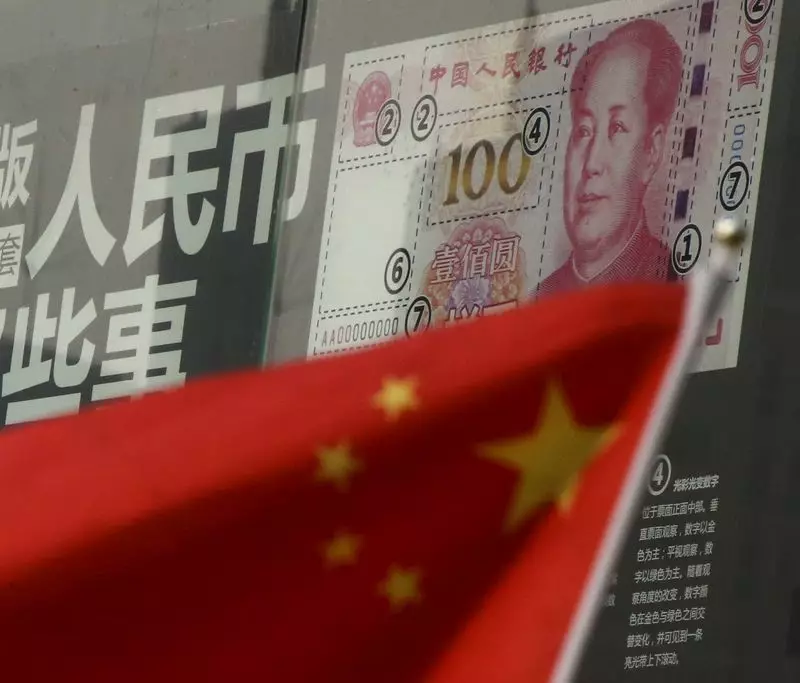Recent U.S. inflation data has tangibly influenced Asian currencies, eliciting notable reactions across regional markets. The consumer price index (CPI) revealed a rise in inflation, reaching its highest rate in seven months, specifically in November. However, this increase aligned closely with market expectations, allowing investors to respond with relative calm. This scenario solidified anticipations for a Federal Reserve interest rate cut in the very near future, shifting the likelihood from 81% to a staggering 98% for a diminutive 25 basis point reduction. Consequently, the U.S. Dollar Index (DXY) experienced a slight decline of 0.2%, showcasing a market adjusting to potential monetary policy changes.
The repercussions of these U.S. figures are profound, indicating not only a potential softening of the dollar but also influencing the strategies adopted by other economies, particularly in Asia. Investors are keenly watching these developments, understanding that the prospects of economic easing by the Fed could encourage riskier investments in emerging markets. However, lingering doubts remain regarding the Fed’s timeline for further interest rate reductions, especially as it pertains to any shifts expected in 2025.
Amidst these dynamics, attention shifts to China and its Central Economic Work Conference (CEWC), an essential annual meeting where policymakers outline economic strategies and necessary stimulus measures. As the global economic landscape shifts, China finds itself at a crossroads, grappling with internal pressures, including decelerating growth and weakened consumer demand, alongside external challenges such as escalating trade tensions—especially concerning the anticipated policies under a potential Donald Trump administration.
Sources indicate that Chinese leaders are contemplating a strategic devaluation of the yuan to mitigate the potential impacts of increased U.S. tariffs and trade measures. This contemplation underscores the urgency for stronger domestic policies to counterbalance external pressures and highlights China’s readiness to adapt its economic strategies proactively. These multifaceted considerations are vital, as they shape the nation’s approach to emerging from its current economic challenges while maintaining its competitive edge in the global market.
Moreover, in South Korea, the won’s value has shown resilience amid ongoing political turbulence surrounding President Yoon Suk Yeol’s administration. The recent attempts by police to raid the presidential office, stemming from a criminal investigation into potential martial law declarations, have heightened political tensions. As Yoon asserts his commitment to remain in power against impeachment demands, the gravity of political stability cannot be overstated in its economic implications. Political turmoil often leads to volatility in currency markets, as uncertainty makes investors wary.
Despite these political challenges, the Korean won gained approximately 0.3% against the dollar. This unexpected strength may suggest underlying investor optimism or a calculated response to anticipated economic resilience. Still, the ongoing uncertainty necessitates a cautious approach to investments in the region, as the political landscape can dramatically shape economic conditions.
Across the broader Asian financial markets, individual currencies exhibited mixed responses. The Australian dollar notably outperformed its counterparts, surging 0.8% against the USD following surprisingly positive employment data. This development led to a reevaluation of the Reserve Bank of Australia’s (RBA) interest rate strategy, with many now predicting a more extended timeline before any rate cuts occur, potentially positioning the RBA to maintain a stronger economic footing amidst international economic pressures.
Contrarily, other currencies exhibited more subdued performance. The Japanese yen, along with the Singapore dollar and Philippine peso, lost marginal value against the dollar, reflecting a cautious market sentiment amid fluctuating global economic conditions. These movements are symptomatic of a broader trend where regional currencies react sensitively to external economic catalysts, particularly relating to shifts in U.S. monetary policy.
The intersection of U.S. inflation indicators, China’s strategic economic planning, and South Korea’s political complexities paints a multifaceted picture of the current Asian currency landscape. Investors will need to navigate these uncertainties while seeking opportunities in a rapidly evolving global economic climate. As policymakers in the region adjust to these developments, the dynamics of currency movements will undoubtedly continue to provide meaningful insights into broader economic trends and the resilience of various markets moving forward.

